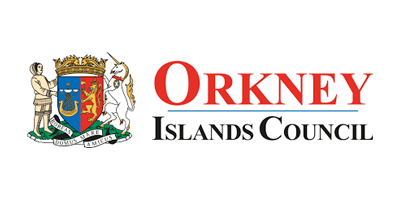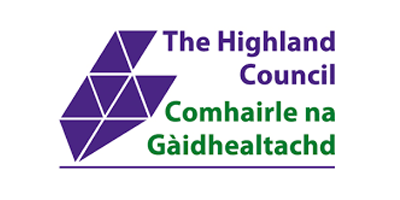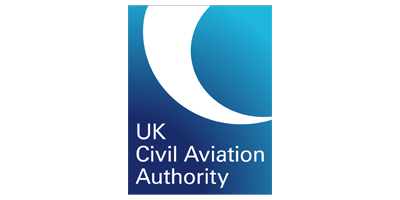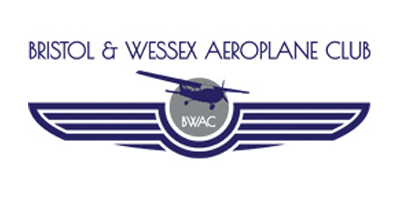Flying is not just about taking off and landing; it’s a carefully orchestrated dance involving coordination with airfield authorities. One crucial aspect of this coordination is the Prior Permission Required (PPR) process. In this article, we’ll take a deep dive into the world of airfield PPR, unravelling its significance and providing pilots with a comprehensive guide on navigating the process seamlessly.
Understanding PPR Basics
What is PPR? Prior Permission Required (PPR) is a regulatory requirement at certain airfields, ensuring that aircraft obtain approval before arriving or departing. This process is in place to manage airfield traffic efficiently and address security and safety concerns.
When is PPR Necessary? Airfields typically require PPR for various reasons, including limited parking space, special events, or heightened security measures. Understanding the specific conditions that trigger the need for PPR is crucial for pilots planning their flights.
Initiating the PPR Request
Contact Information: The first step in the PPR process is knowing whom to contact. Airfield authorities provide specific contact details, including phone numbers and email addresses. Pilots should be aware of the operating hours and have emergency contact information for after-hours requests. Smart PPR aims to streamline and collate all contact information via our intuitive 247/7 online PPR software.
Lead Time: Planning is key. Pilots should be familiar with the lead time required for submitting PPR requests. This ensures that the airfield has sufficient time to process and approve the request. Some airfields may accommodate short-notice requests, but it’s always best to adhere to the recommended lead times. Airfields that use Smart PPR can set up all of the parameters and allow pilots to carry out a self-service approach to PPR requests.
The PPR Request Form
Documentation and Information: Submitting a PPR request involves providing certain documentation and information. This may include aircraft details, pilot credentials, purpose of the flight, and estimated arrival and departure times. Pilots should ensure that all required documents are in order before initiating the request. If you are making a request to a Smart PPR registered airfield all of the required information will be requested at the time of making the request.
Special Considerations
Fees and Charges: Pilots should be aware of any fees associated with the PPR process. These fees may vary based on factors such as aircraft size, purpose of the flight, and duration of stay. Understanding the financial aspect is crucial for effective flight planning.
Security Measures: Certain flights, especially those involving military or sensitive cargo, may undergo additional security checks. Pilots should be prepared for any special procedures or documentation requirements associated with heightened security measures.
Conclusion
Navigating the PPR process at airfields requires careful attention to detail, proactive planning, and effective communication. The process varies considerably from airfield to airfield and it is our ambition to standardise the process through the use of Smart PPR.
If you’re a pilot who supports our ambition to standardise what is currently an archaic process, make sure to mention our platform next time you land at your favourite airfields.
This entry was posted in Latest News and tagged airfield ppr, smart ppr, what is ppr?. Bookmark the permalink.







